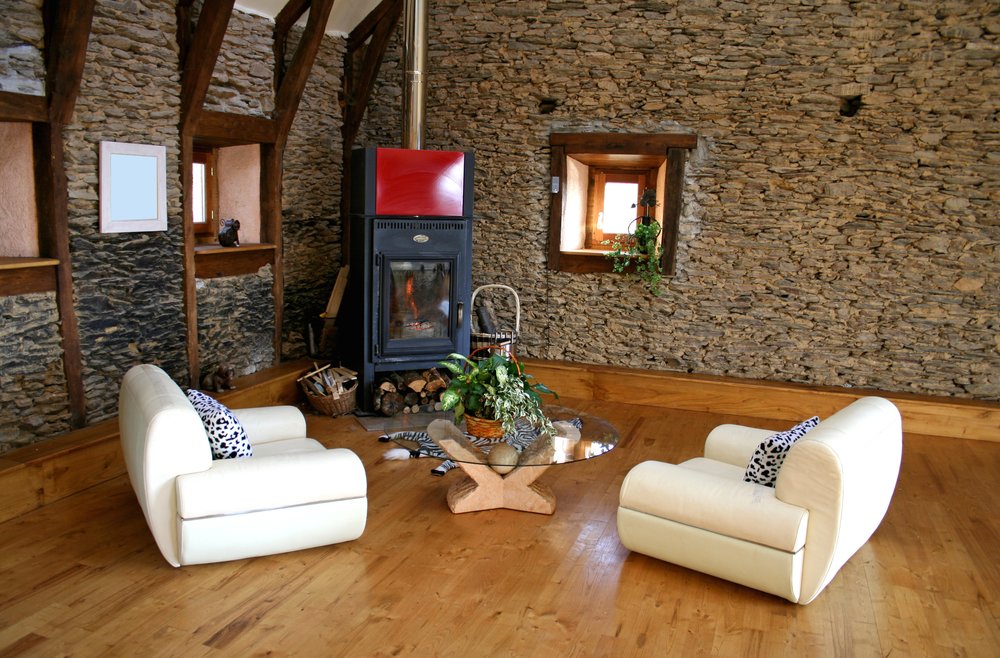Before the major portion of winter hits homes around Utah, many homeowners might consider replacing an older or worn-down furnace to help prepare them for the col season. If your furnace is at least 15 years old or showing major signs of decreasing efficiency, this could be the right move for you.
At Expert Services- Plumbing, Heating, Air & Electrical, we’re happy to offer a wide range of new furnace installation products and services, as well as furnace repair for systems that are eligible for it. What are some of the key factors you’ll have to think about when you’re deciding on the best possible new furnace for your home? Here are a few areas to consider.
Operation Format
For starters, furnaces come in a few different operation formats. The two most common are gas or electric models, but there are also oil-powered options available in some cases.
The primary determining factor in which of these you choose is usually the other heating equipment already present in your home. If your previous furnace was electric, then, the entire system will be set up for an electric option, and this should likely be your choice. If yours uses fuel like gas or oil, on the other hand, changing fuel types is generally very easy and can be done if you’re looking for something more efficient.
Size Considerations
Once you’ve determined the operating type, it’s time to think about the proper sizing for your furnace. This will depend on the square footage in the area where the furnace goes, the size of your home, the number of doors and windows present and several other factors.
This is an area to pay close attention to, as the wrong size in a furnace can be a big negative. Furnaces that are too small will not be able to heat your home to the desired levels, while those that are too large won’t run long enough to cycle and filter the air in your home, leading to poor air quality and certain areas or rooms that are colder than others.
Standard or High-Efficiency?
A standard furnace generally checks in around 80% efficiency, while high-efficiency models are between 90 and 97%. This percentage refers to the amount of inputted energy that’s converted into heat – so for a standard furnace, roughly 80% of the fuel used will be converted into heat, while roughly 20% will be lost.
Generally speaking, you want to go with high-efficiency models if possible. These are more expensive up front, but they tend to recoup these costs in short order based on lower operating costs.
Single-Stage Vs. Multi-Stage
Finally, if you go with a gas furnace, you will have a choice between a single- or multi-stage furnace. The former comes with just on and off settings, while the latter has different settings for the blower speed and flow rate that will vary based on how much power is needed. Multi-stage furnaces are the more efficient option, though again will generally come with higher up-front costs.
For more on the important factors at play when choosing a new furnace, or to learn about any of our heating and cooling or plumbing services, speak to the staff at Expert Services- Plumbing, Heating, Air & Electrical today.
